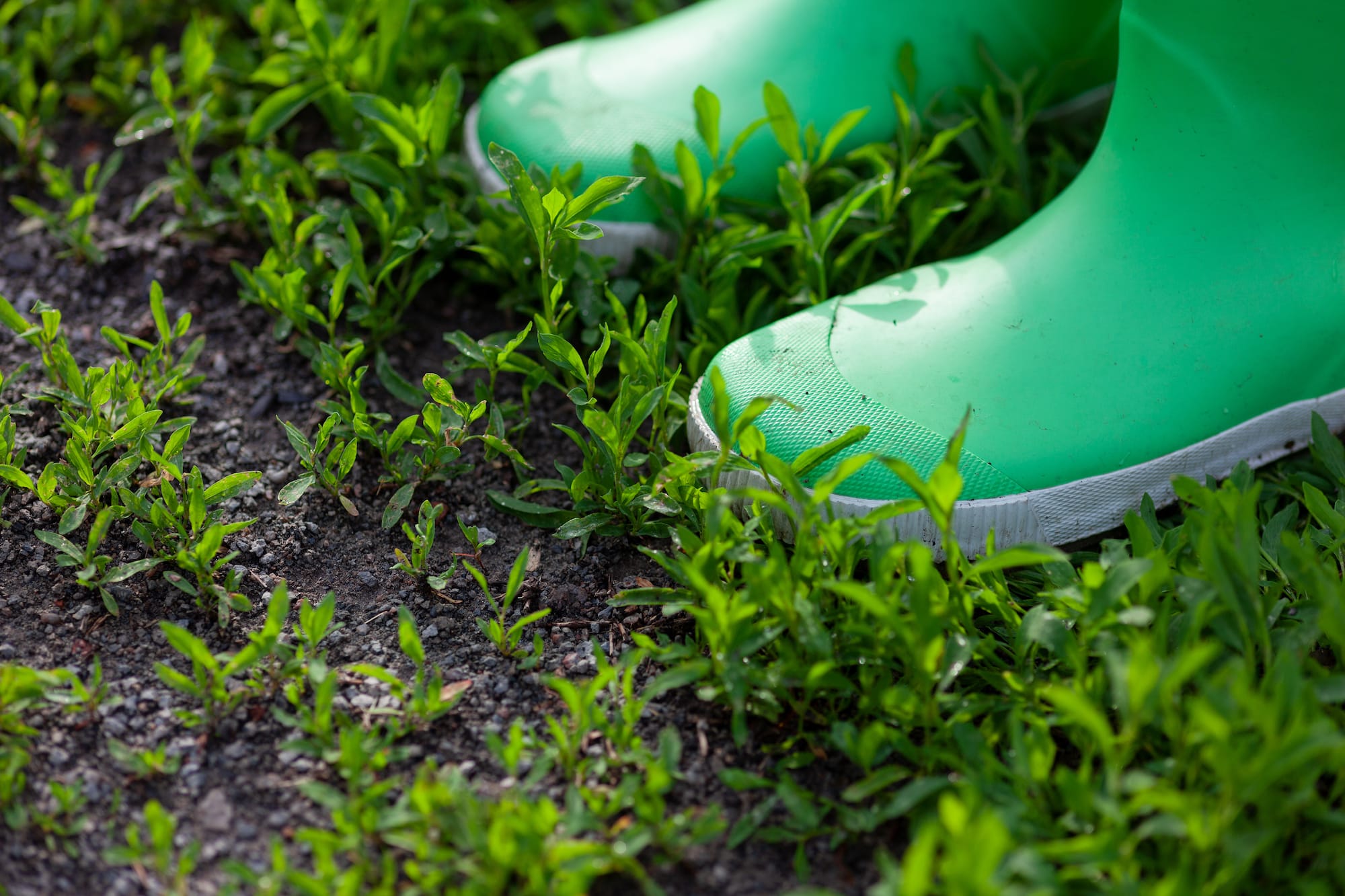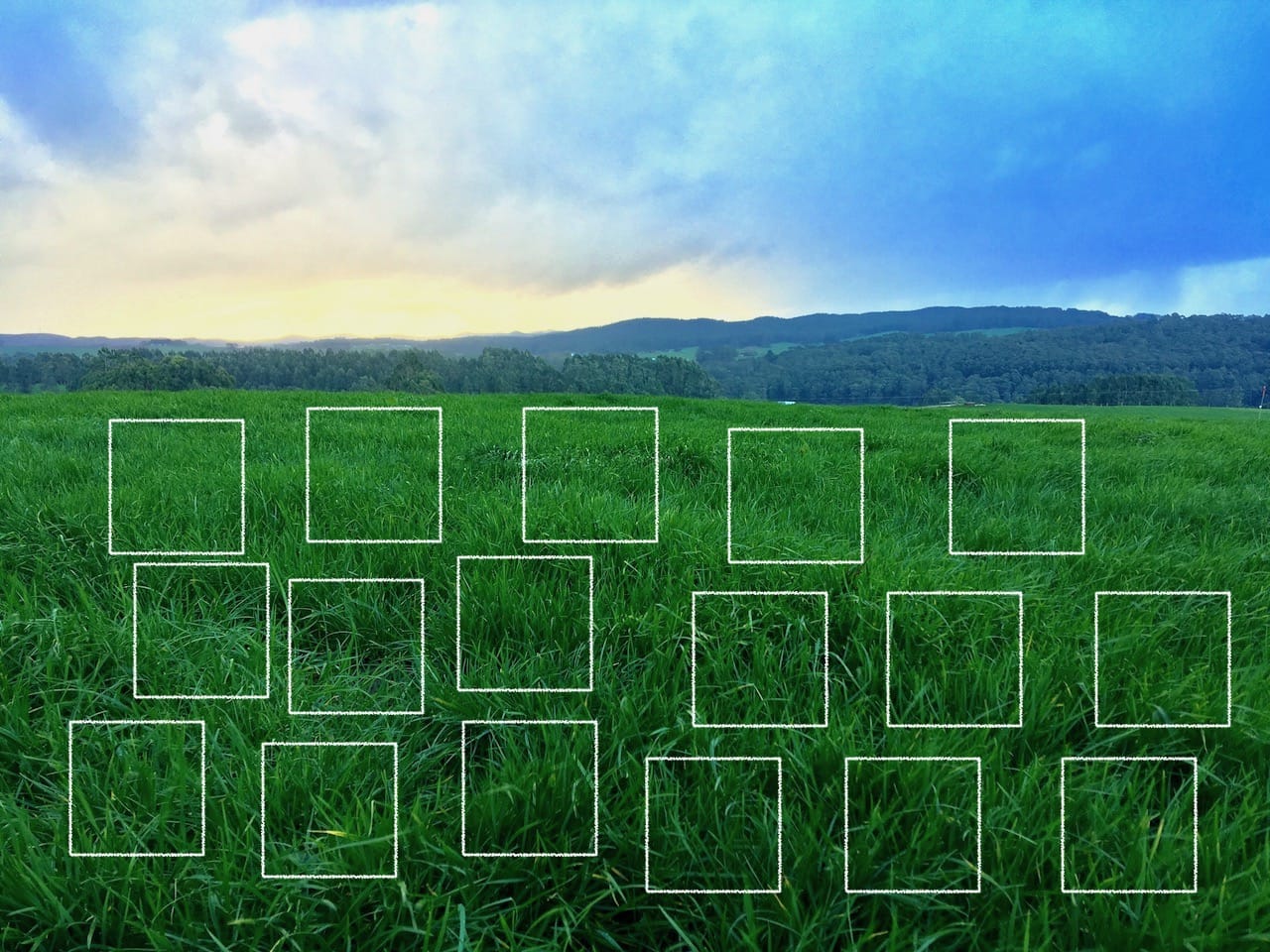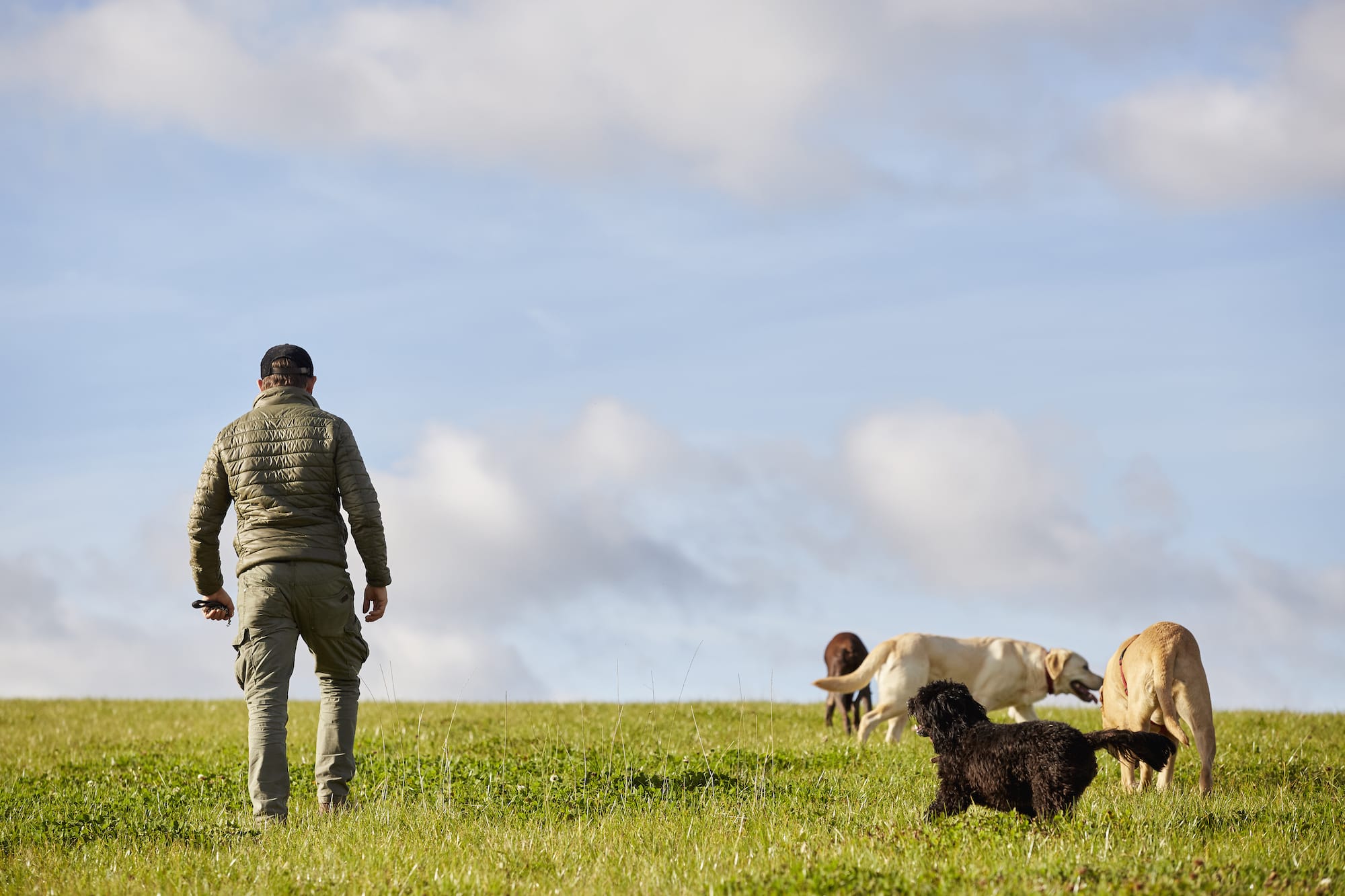Article Summary:
One of the essential metrics when deciding where to graze your animals is feed on offer (FOO). Understanding the FOO or kilograms of dry matter per hectare (KgDM/ha) will enable you to make sustainable grazing decisions where both your pasture and livestock performance is enhanced. In this article, we'll explore the different pasture measurement methods you can deploy to start calculating your feed on offer.
Visual assessment (eyeballing)
Quadrat cuts (for the scientists)
Rising plate meters (yesterday's technology)
Electronic pasture probes (highly inaccurate point measurements)
Bike mounted and towed pasture meters
Automatic (satellite) pasture measurement
Visual assessment (eyeballing)

This method is the simplest of all the pasture measurement techniques. With this method, you can 'eyeball' your pasture to calculate FOO. However, it's important to note that eyeballing is not accurate or very repeatable, so it's difficult to track changes in FOO over time.
Many farmers think that this is a reliable way to measure pasture and to measure FOO, but really, eyeballing is not going to earn those big bucks in additional farm profit.
Many of the reasons that we hear for why farmers fall back to visual assessments of FOO:
- Not enough time to correctly measure pasture.
- Many do not know how to utilise pasture measurements fully.
- Do not have the equipment to measure pasture.
- Assumptions that FOO is relatively consistent across paddocks and will not change over time.
Pasture rulers (or your boot)

The pasture ruler is one of the most popular methods for measuring FOO. The idea behind this method is to take a calibrated ruler for pasture to your paddock and take some measures of the grass height. On some rulers, you can see conversions from height to KgDM/ha or calculate your equation to the height measures.
Using the pasture ruler is better than eyeballing because you measure something objective like height rather than visually assessing grass cover (which can vary depending on growth stage).
It's still not that accurate or precise to track small changes over time and other recommended measurement methods.
Now, you can use anything as a ruler. This ruler could be your boot. The top of your toe might be 1500 KgDM/ha, and a couple of inches to the top of your boot might be closer to 3000 KgDM/ha. Note, we're talking about tall gumboots!
Quadrat cuts (for the scientists)

Let's face it, quadrant cuts for farmers are not for the time-poor! Also, over large areas, quadrant cuts are not very representative.
However, there are some benefits to measuring pasture with this method:
- First, it's accurate and precise - every cut is measured - cut, weighed, dried, weighed, calculated!
- You can assess dry matter percentage DM% of your pasture.
- While you have samples, you can send off fresh cuts for feed testing.
For the above reasons, quadrant cuts are generally left to scientists who painstakingly have more reason to spend time going through the process of measuring grass with quadrant cuts.
Rising plate meters (yesterday's technology)

How does a rising plate meter work?
Well, generally, you walk a diagonal transect across your paddock measuring plonks where the height is measure on the stick that pushes through the sward while the weighted (calibrated) plate measures compressed height or the resistance of the sward on the shaft.
This compressed height is converted to Kg DM ha with a linear equation.
It was once the cornerstone to intensive rotational pasture management. But with pressure on high-performance grazing management and rising labour costs, the tool has given way to better technology.
If you have a rising plate meter in your shed, it is worth using, if you have nothing better, because it sure beats using a ruler or the eyeball method for pasture assessment and measuring the growth rate or your paddocks. It is also significantly more efficient than taking quadrant cuts.
At Pasture.io, we've discussed this tech repeatedly, and the same conclusion keeps showing its head. Today, rising plate meters are not the go-to tool for pasture assessments.
These meters are too slow to respond, and the measurements of FOO cannot provide any real-time information. The data is smoothed and usually at best over 7-days.
You can't use the rising plate meter to make grazing decisions or assess pasture growth changes on any one day. It needs to be looked at on trends. The technology is not there yet, and it never will be. We've moved on.
The rising plate meter will live on in the photo gallery, and its usage is no longer for measuring FOO levels or assessing pasture composition and gathering pasture data.
Electronic pasture probes (highly inaccurate point measurements)

There is little to say about this agtech, except that it had some promise. It quickly falls over with any moisture on the plants from rain, irrigation, dew, etc.
How does an electronic pasture probe work?
You walk across a paddock and take point measurements periodically. You then average out the measures to find the paddock's average pasture cover.
The pasture probe (otherwise known as the pasture probe capacitance meter) works by emitting a low voltage into nearby plants and then measuring the change in the electric field.
Bike mounted and towed pasture meters.
Bike mounted sensors such as the Ellinbank Pasture Reader (developed in Australia) and the C-Dax rapid pasture meter (tows behind the quad bike and produced in New Zealand) have been the kings of consistency in measure for many years.
Both tools are very different in how they perform their pasture measurement. But they both take hundreds of measures every second.
The pasture reader has a benefit in that it can be attached to most vehicles and machinery. For example, in Europe with cut and carry barn systems, the Pasture Reader is often linked to the front of the mowers, so the operator can see how much grass to cut.
The Pasture Reader loses accuracy on undulating and hilly terrain and areas of hump and hollow. This environment is where the C-Dax Pasture Meter performs much more consistent pasture measurements.
The C-Dax pasture meter can suffer from a lot of wear and tear, and without the lift kit option installed, you'll find the machine being beaten up more than with the lift kit installed. This is because the lift kit encourages the operator to lift the CDax pasture meter off the ground when travelling across a laneway between paddocks.
These tools are our favourite pieces of hardware for measuring feed on offer, and if you insist on hardware for measuring pasture data, then these are the devices to buy.
Automatic (satellite) pasture measurement

You may have heard of Pastures from Space Plus (PfS+) from Western Australia, but this service is now retired, and there's a newer kid on the block, which is our very own remote sensing technology. This agtech is a world-first with a global customer base that services farmers across many continents.
Please note that our service is entirely different to the LIC Space service in New Zealand. We are based in Australia, but we also service farms worldwide with a superior product.
We like to call satellite pasture measurement automatic pasture measurement. We do this because satellites make up just one part of the models that go into the pasture assessment of pasture growth in dry matter per hectare (Kg DM Ha).
How does satellite pasture measurement work?
The technology works by bringing in local weather data, paddock activities such as fert and grazing events, and analytical satellite imagery.
This data is fed into a machine learning environment that produces Kg DM ha, such as pasture cover and pasture growth rate readings.
Analytical satellite images provide a base level for the models to measure pasture growth. Without the satellite images, we're left with the very basics of understanding grazing rotations. Conversely, without this basic understanding, the satellite images struggle by themselves.
Understanding this is core to producing the best automatic pasture measurements where the benefits of a high-quality pasture assessment will take your grazing to new levels of clover!
Tracking FOO with Pasture.io

You can refine your grazing management by tracking feed on offer with Pasture.io, ultimately increasing your pasture utilisation to drive improved farm profitability.
Tracking FOO targets gives you more vital pasture management with feed budgeting and bringing in factors such as silage, hay and other resources for feeding your livestock on your farm.
The FOO integrated with grazing and pasture management programs, and farm apps generally need to link the data between pasture assessment and farm management when feeding livestock such as cows.
Tracking FOO is how we can manage pasture persistence, determine pasture growth across each paddock and manage pastures and grazing across the farm.
This practice is the standard in pasture management across leading primary industries a grass growing nations such as Australia, New Zealand, and the United Kingdom.
Getting started with us is easy, you can create an account and upload your map and start optimising your farm business with data. Our service will make sure that each blade of your pastures is grazed sustainably.
Getting your grazing right with our data-rich programs is the key to retiring measurement tools like your or the rising plate meter out to clover.
we meet again, Happy Measuring FOO!
- The Dedicated Team of Pasture.io, 2021-08-25